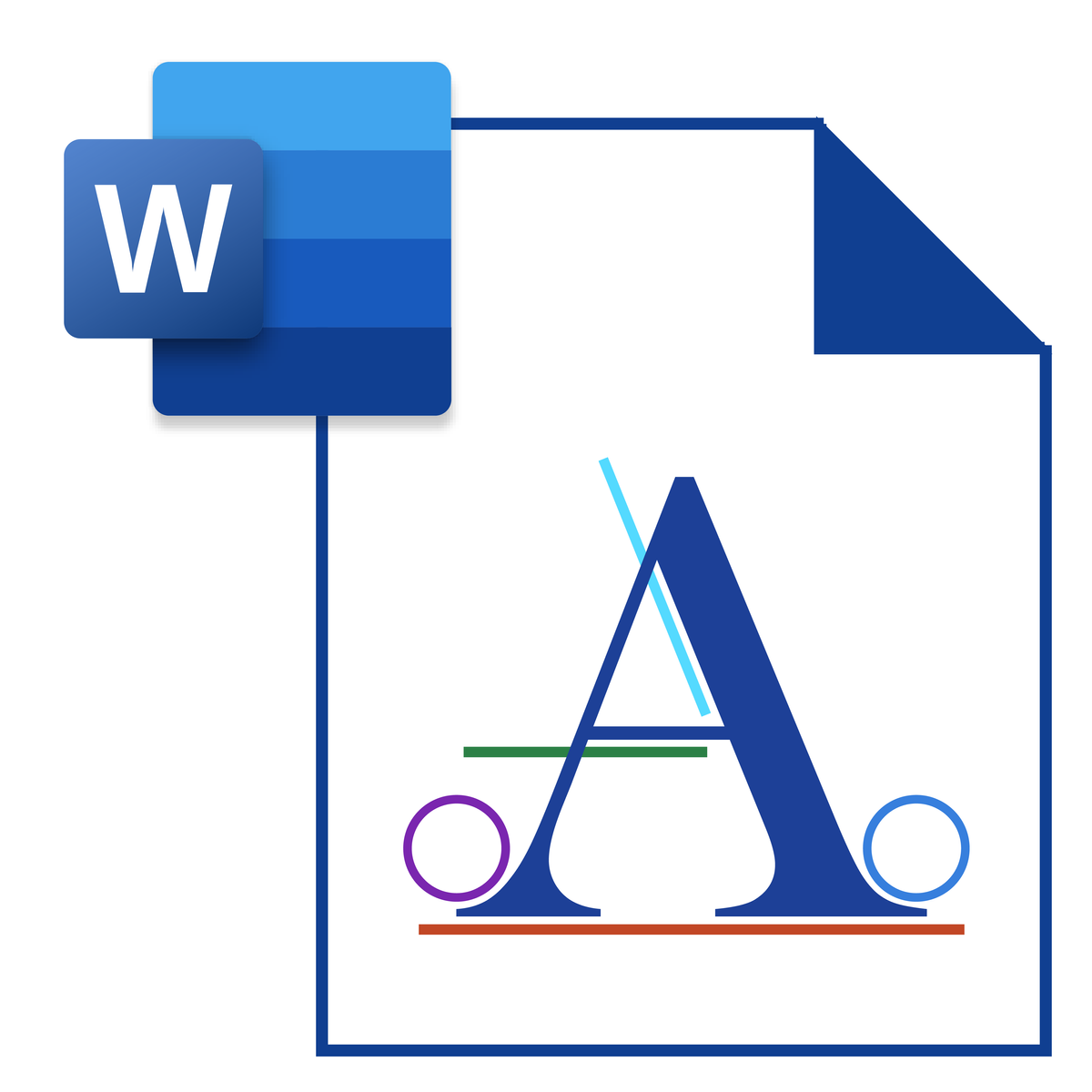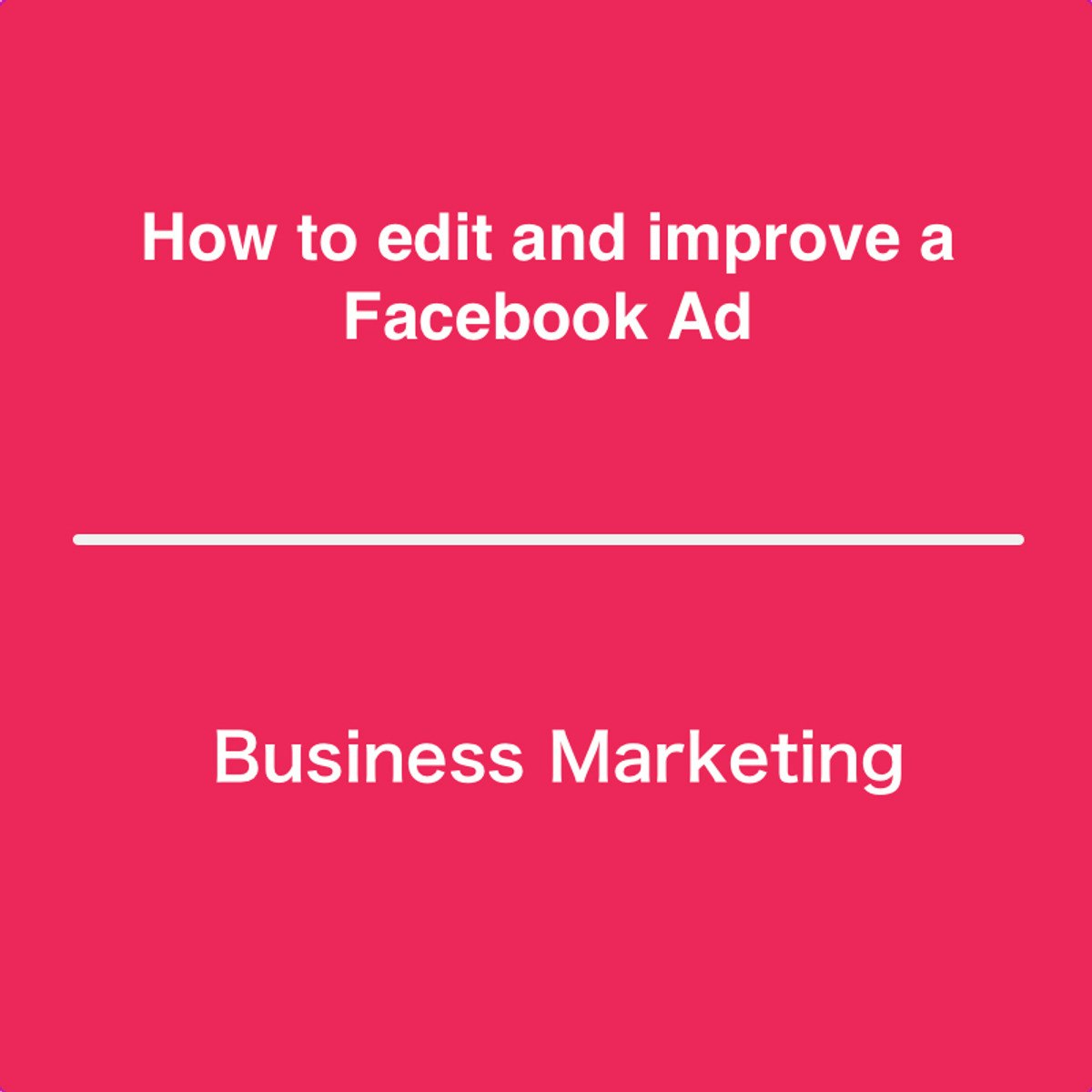Back to Courses









Business Essentials Courses - Page 52
Showing results 511-520 of 645

Work Smarter with Microsoft Word
This course is intended for learners with some experience using Microsoft Windows, who are seeking to build presentation skills with Microsoft Word. To be successful in this course you should have an understanding of the basics of using a Windows-based computer. Experience with printing and using a web browser are an asset, but not required.
Knowing how to use Microsoft Office products is essential in any professional setting. Whether you want to expand your expertise to apply for a new role, start your own business, or simply develop a new personal skill this course is for you.
This course will introduce you to Microsoft 365. You will become familiar with the apps and services included in an Office 365 subscription. If you are familiar with Word’s basic features you can take your skills to the next level. If you are not familiar with Microsoft products or are a beginner you will get the opportunity to develop basic word processing skills.
This course covers the different features of the Word interface, shows you how to create a basic document, and introduces you to Word’s most important tools.
By the end of this course, you should be able to apply the necessary techniques to produce high-quality, professional documents. You will also understand how to create complex documents using tables, charts, references, and various types of illustrations.
This course will help you prepare for Exam MO-100: Microsoft Word (Word and Word 2019). This exam covers the ability to create and maintain professional-looking reports, multi-column newsletters, résumés, and business correspondence. Certification exam candidates are expected to demonstrate the correct application of the principal features of Word and complete tasks independently. You will get an opportunity to hone all these skills in this course.

Draw Insights with Crosstabs Reports in Google Sheets
Crosstabs reports present select slices of data in a matrix format making it easier to visualize patterns and explore similarities and differences between categories or variables. In this course, we’ll explore the pivot-table tactics applied in Google Sheets to create crosstabs reports, conduct a preliminary—exploratory—analysis of the data within the report, and learn how visually presenting data in a crosstabs report can aid the user in their discovery of insights that tell the data’s story. By the end of this course, you will be able to apply pivot table tactics to create crosstabs reports and share data in your business’s domain.
Note: This course works best for learners who are based in the North America region. We’re currently working on providing the same experience in other regions.

Create Employee Management System with When I Work
By the end of this course, you will create an effective employee management system using When I Work. This course builds on the foundation from the Introduction to Scheduling with When I Work Course and is intended to further develop the program’s team management capabilities. In this project, you will manage and track employee attendance and timesheets. In addition, you will create a talent acquisition plan using the free features on When I Work to make job postings, track applicants, and hire new employees.
Effective employee management processes and new talent acquisition programs are important elements in every successful company. In this project, you will get hands-on experience using the When I Work program to establish a more detailed and effective employee management system.
Note: This course works best for learners who are based in the North America region. We’re currently working on providing the same experience in other regions.

Critical Thinking Skills for the Professional
Have you ever tried to find a solution to a problem only to realize you’ve been focusing on the wrong problem from the very beginning? Or you’ve proposed a solution only to have it shut down by your boss or coworkers? How stressful and defeating is that? With massive changes in our world that seem to create the most difficult of circumstances, both personally and professionally, your skills as a critical thinker and problem solver need to be further developed now more than ever.
By the end of this course you will have learned and memorized a practical model to solve problems on your own and with others. These 7 critical steps will ensure that you have looked at a problem from every angle and considered multiple solutions. In fact, this dynamic and holistic approach will help you solve problems once and for all!

Work Smarter, Not Harder: Time Management for Personal & Professional Productivity
You will be able to gain and apply your knowledge and understanding of personal and professional awareness, organization and commitment, and use the tools, methods and techniques that you have learned in goal setting, prioritization, scheduling, and delegation to overcome time management challenges and enhance productivity.
Upon completing this course, you will be able to:
1. Learn to plan effectively to achieve your personal and professional goals
2. Learn to recognize and overcome barriers to successful time management
3. Identify specific time management tools and use them effectively
4. Manage resources both effectively and efficiently
5. Keep your sense of perspective to prevent and manage crises
6. Learn to delegate effectively
7. Learn to manage expectations and say “No” when appropriate

Create your First Twitter Ad
In this 1-hour long project-based course, you will learn how to
- understand Twitter's ad dashboard
- create an ad on Twitter
- launch your first ad on Twitter
Note: This course works best for learners who are based in the North America region. We’re currently working on providing the same experience in other regions.

Project Management Project
This capstone project is designed to allow you to take the knowledge you have gained through the Specialization and put that knowledge into practice. In the capstone, you will create several of the key planning deliverables that have been discussed in these courses and either work on a project you choose or use a suggested case study. You will begin the capstone project by writing part of the project charter. You will build on that information to define your project, and then ultimately create a schedule, budget and responses for the risks you identify. The goal is for you to use what you have learned in the previous courses and to perform your own research on how to best move forward with the capstone project. Your work will be peer reviewed by your classmates. In turn you will peer review the work of other classmates. Instructions on how to conduct peer reviews will be included in the course. Upon completing this series, you will be able to (1) write a narrative charter statement, (2) create a work breakdown structure, (3) sequence project activities,(4) build a project schedule, (5) create a project budget, (6) create a responsibility assignment matrix, (7) identify project risks and (8) define responses for those risks.
Upon completing this course, you will be able to:
1. Write a narrative charter statement
2. Create a work breakdown structure
3. Sequence project activities
4. Build a project schedule
5. Create a project budget
6. Create a responsibility assignment matrix
7. Identify project risks and define responses for those risks

Essentials of Management and Strategic Planning
Essentials of Management and Strategic Planning introduces learners to the basics of running a business and strategies for improving an organization’s growth and profitability. Learners will gain a better understanding of management and leadership, along with how the two are different, and how strong leadership plays a role in developing people. Learners will also explore what strategy is and how key strategies can push an organization ahead of its competitors. Other topics to be covered include creating action plans and accountability.

Basic Data Descriptors, Statistical Distributions, and Application to Business Decisions
The ability to understand and apply Business Statistics is becoming increasingly important in the industry. A good understanding of Business Statistics is a requirement to make correct and relevant interpretations of data. Lack of knowledge could lead to erroneous decisions which could potentially have negative consequences for a firm. This course is designed to introduce you to Business Statistics. We begin with the notion of descriptive statistics, which is summarizing data using a few numbers. Different categories of descriptive measures are introduced and discussed along with the Excel functions to calculate them. The notion of probability or uncertainty is introduced along with the concept of a sample and population data using relevant business examples. This leads us to various statistical distributions along with their Excel functions which are then used to model or approximate business processes. You get to apply these descriptive measures of data and various statistical distributions using easy-to-follow Excel based examples which are demonstrated throughout the course.
To successfully complete course assignments, students must have access to Microsoft Excel.
________________________________________
WEEK 1
Module 1: Basic Data Descriptors
In this module you will get to understand, calculate and interpret various descriptive or summary measures of data. These descriptive measures summarize and present data using a few numbers. Appropriate Excel functions to do these calculations are introduced and demonstrated.
Topics covered include:
• Categories of descriptive data
• Measures of central tendency, the mean, median, mode, and their interpretations and calculations
• Measures of spread-in-data, the range, interquartile-range, standard deviation and variance
• Box plots
• Interpreting the standard deviation measure using the rule-of-thumb and Chebyshev’s theorem
________________________________________
WEEK 2
Module 2: Descriptive Measures of Association, Probability, and Statistical Distributions
This module presents the covariance and correlation measures and their respective Excel functions. You get to understand the notion of causation versus correlation. The module then introduces the notion of probability and random variables and starts introducing statistical distributions.
Topics covered include:
• Measures of association, the covariance and correlation measures; causation versus correlation
• Probability and random variables; discrete versus continuous data
• Introduction to statistical distributions
________________________________________
WEEK 3
Module 3: The Normal Distribution
This module introduces the Normal distribution and the Excel function to calculate probabilities and various outcomes from the distribution.
Topics covered include:
• Probability density function and area under the curve as a measure of probability
• The Normal distribution (bell curve), NORM.DIST, NORM.INV functions in Excel
________________________________________
WEEK 4
Module 4: Working with Distributions, Normal, Binomial, Poisson
In this module, you'll see various applications of the Normal distribution. You will also get introduced to the Binomial and Poisson distributions. The Central Limit Theorem is introduced and explained in the context of understanding sample data versus population data and the link between the two.
Topics covered include:
• Various applications of the Normal distribution
• The Binomial and Poisson distributions
• Sample versus population data; the Central Limit Theorem

How to edit and improve a Facebook Ad
After completing this guided project, no matter if you are launching a new brand or want to optimize the social media strategy for an existing brand, you will be able to edit and improve your Facebook ads.
The goal of this project is to get to know creative but yet simple ways to reach your target audience on Facebook.
The objective of social media marketing is to find creative ways to attract the attention of users for its products and services, many times on a lean marketing budget.
Today, you will first create a Facebook Business Page Account. Then, we will take a close look at different kinds of Facebook advertisements and analyze strategies of optimizing a Facebook advertisement.
Your newly achieved skills will help you reach and grow your target audience when creating a new Facebook ad campaign in the future.
Popular Internships and Jobs by Categories
Find Jobs & Internships
Browse
© 2024 BoostGrad | All rights reserved